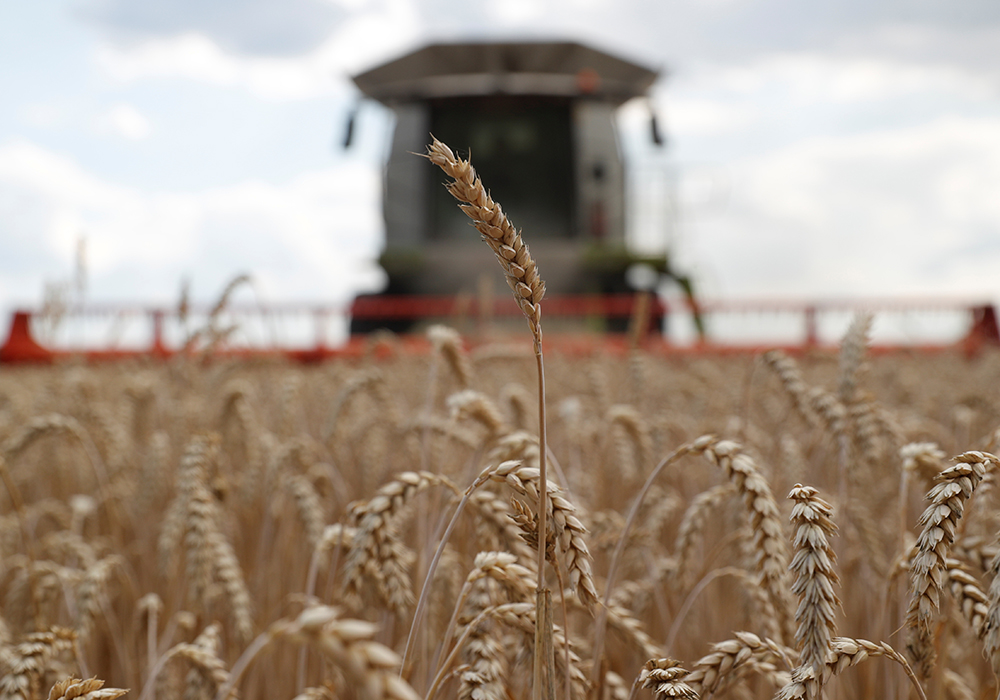Commodity prices could soar even more if the Russian invasion of Ukraine continues past June, said analysts in a Farm Foundation Forum discussion.
“It’s the duration of the war that determines the bullishness for grain and fuel prices,” said Dan Basse of AgResource Company.
“A war that extends to June would be catastrophic for the food crops (of Ukraine and Russia that are shipped through Black Sea ports.)”
Basse said a war that lasts until late in 2022 could see hard red winter wheat prices in American Gulf of Mexico ports hit US$16-$18 per bushel.
Read Also

Anti-separatist movement targets rural Alberta
Former deputy premier Thomas Lukaszuk’s anti-separatism Alberta Forever Canada petition campaign expects to run full steam ahead into the province’s farming regions
Corn prices could be even more bullish and vegetable oil crop prices could be sensitive to any rally due to the drastically reduced crops from South America.
“You can see that we’re sitting at record lows,” said Basse about stocks of corn, soybean and soy oil.
“At some point the soybean market probably needs to make new all-time highs, above the 2012 high of (U.S. futures) $18 per bushel.”
Bill Liefert, a private consultant retired from the U.S. Department of Agriculture’s Economic Research Service, said the length of the Ukraine war will have major impacts on the seeding of the spring crop, the harvesting of the winter crop and the export of all crops produced in the war-torn region.
“How long will the fighting continue?” said Liefert.
Soon Ukrainian farmers will need to plant spring crops. Many still need fertilizer and seed. Basse said his clients in Ukraine have about 70 percent of their needs covered.
“The biggest issue is finding their workers, finding diesel fuel,” said Basse. “The question is, can they get it in the ground?”
Now until June is a comparatively light shipping season for the Black Sea, Basse and Liefert said, so shipping disruptions aren’t currently disastrous for importing nations. But if those disruptions continue into the new crop shipping season from midsummer onward, the impact could be severe.
Other suppliers will try to meet the demand that Ukrainian and Russian crops usually satisfy, including those in North Africa and the Middle East. India is likely to export wheat and the European Union has crop to sell.
“The world is re-routing agricultural trade,” said Basse.
“This is the release valve to some degree for the world market.”
However, with extremely tight stocks, that doesn’t remove the bullish dynamic from markets.
“There is still a fair amount of upside in the marketplace,” said Basse.
















